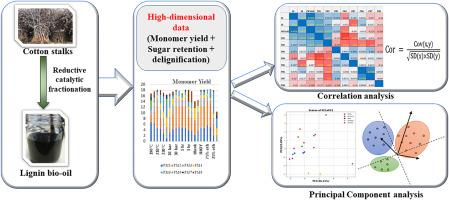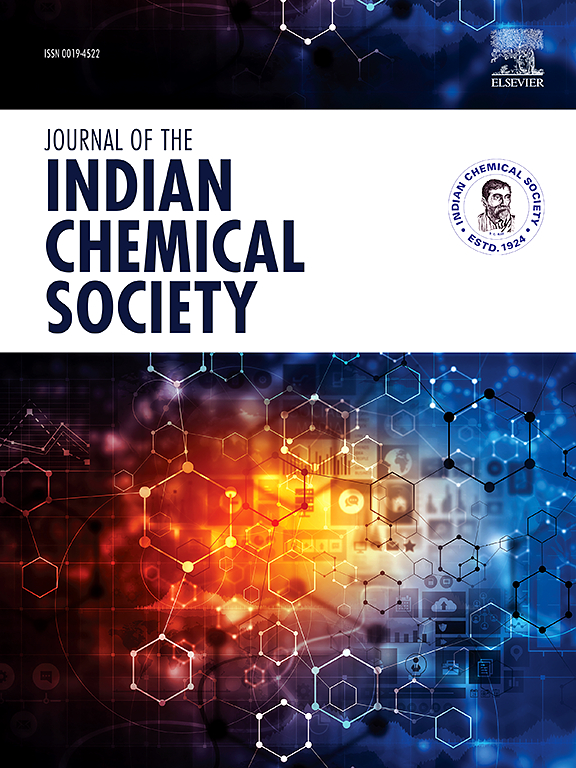释放生物质的价值:机器学习对棉秆还原催化分馏的启示
IF 3.2
4区 化学
Q2 CHEMISTRY, MULTIDISCIPLINARY
引用次数: 0
摘要
由于生物质的可再生性和可用性的重要性,木质纤维素生物质增值已成为一个密集的研究领域。然而,生物质分馏和解聚会产生大量数据集,这些数据集很难可视化,也很难在扩大工艺规模时进行解释。因此,可以发现数据中隐藏模式的机器学习算法被应用于这些数据集。木质纤维素生物质的还原催化分馏(RCF)是一种新兴的方法,可全面有效地实现生物质的价值化。本研究包括对棉花秆还原催化分馏产物分布的相关性分析和主成分分析。评估了工艺变量与去木质素(DL)、糖分保留(SR)、总酚类单体(PM)和单个酚类单体产量之间的相互作用。还通过 PCA 评估了不同反应条件下 DL、SR 和 PM 产量之间的相关性,并利用木质素的反应机理和分子化学解释了这些相关性。本文章由计算机程序翻译,如有差异,请以英文原文为准。

Unlocking biomass valorization: Machine Learning insights for Reductive Catalytic Fractionation of cotton stalks
Lignocellulosic biomass valorization has become an intensive area of research due to the importance of renewable nature and availability of biomass. However, biomass fractionation and depolymerization produce numerous datasets, that are difficult to visualise and interpret for the scale-up of the process. Therefore, machine learning algorithms, which can discover hidden patterns in data are applied to these datasets. Reductive Catalytic Fractionation (RCF) of lignocellulosic biomass is an emerging methodology to valorize biomass completely and effectively. Herein, the present work includes the Correlation Analysis and the Principal Component Analysis (PCA) of product distribution obtained from RCF of cotton stalks. Interactions between process variables and delignification (DL), sugar retention (SR), total phenolic monomers (PM), and individual phenolic monomers yield were evaluated. Correlations among DL, SR, and PM yields were also evaluated at different reaction conditions through PCA, which were explained using the reaction mechanism and molecular chemistry of lignin.
求助全文
通过发布文献求助,成功后即可免费获取论文全文。
去求助
来源期刊
CiteScore
3.50
自引率
7.70%
发文量
492
审稿时长
3-8 weeks
期刊介绍:
The Journal of the Indian Chemical Society publishes original, fundamental, theorical, experimental research work of highest quality in all areas of chemistry, biochemistry, medicinal chemistry, electrochemistry, agrochemistry, chemical engineering and technology, food chemistry, environmental chemistry, etc.

 求助内容:
求助内容: 应助结果提醒方式:
应助结果提醒方式:


